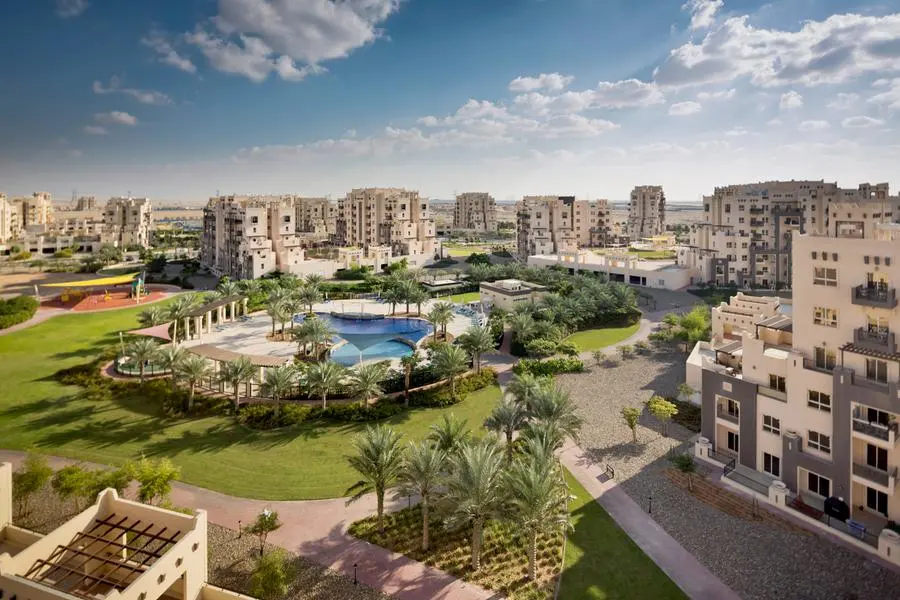PHOTO
The traditional dhow boat on the coastal seafront stretches along the attractive latticed buildings, The Corniche Road (Muttrah Corniche), Muscat, Oman. Getty Images
Muscat – Oman’s real GDP – gross domestic product at constant prices – grew by 1.9% in the first nine months of 2024, according to data released by the National Centre for Statistics and Information (NCSI).
The sultanate’s real GDP reached RO28.146bn in the January-September period, compared to RO27.632bn in the same period last year, based on preliminary official data. Real GDP grew 1.1% in Q3 2024.
Non-hydrocarbon GDP expanded 4.2% in the first nine months of 2024, while hydrocarbon GDP contracted by 2.8%. The increase in non-hydrocarbon GDP was primarily driven by robust expansion in Oman’s industrial and services sectors.
Within the hydrocarbon sector, oil activity declined 4.1% to RO7.479bn, while natural gas activity rose 4.7% to RO1.401bn over the same period. Oman’s oil production has decreased slightly this year due to OPEC+ output cuts.
In the non-oil sector, overall industrial activities grew by 5.6% to RO6.220bn, driven by increases in manufacturing (up 8.5%) and construction (up 3.9%).
The services sector, which is the largest contributor to Oman’s GDP, grew by 3.5% to RO13.571bn. Within services, wholesale and retail trade rose 6.9%, transportation and storage grew 6.8%, the financial and insurance sector expanded 3.4%, real estate activities increased by 2.4%, and the health sector grew by 4.3%. However, telecommunications and information services contracted by 1.5%.
The GDP growth for the first nine months of 2024 is significantly higher than the 1.3% growth Oman recorded for the full year in 2023. Total GDP for 2023 was RO38.2bn, up from RO37.7bn in 2022.
However, the growth figures for the first nine months of 2024 fall short of the Ministry of Finance’s target of at least 3% growth for the year.
The International Monetary Fund (IMF) recently stated that Oman’s economy continues to expand, with a rebound in growth expected in 2025, supported by low inflation, ongoing reforms, and improved fiscal conditions.
‘The economic outlook remains favorable. Growth is projected at 1.2% this year, held back by extended OPEC+ oil production cuts, but is set to rebound in 2025, driven by higher hydrocarbon production and continued growth in the non-hydrocarbon sector,’ the IMF said in November.
Earlier this month, the World Bank also indicated that Oman’s economic growth would pick up in 2025-2026, with a projected average expansion of 3%. This growth is expected to be driven by government reforms and increased investment in non-oil sectors.
In its latest Gulf Economic Update, the World Bank revised its outlook for Oman, noting that GDP growth is likely to slow in 2024 due to continued voluntary oil output cuts by OPEC+. However, the bank forecasts improved economic performance in the coming years, buoyed by higher oil production and ongoing diversification efforts away from hydrocarbons.
© Apex Press and Publishing Provided by SyndiGate Media Inc. (Syndigate.info).



















